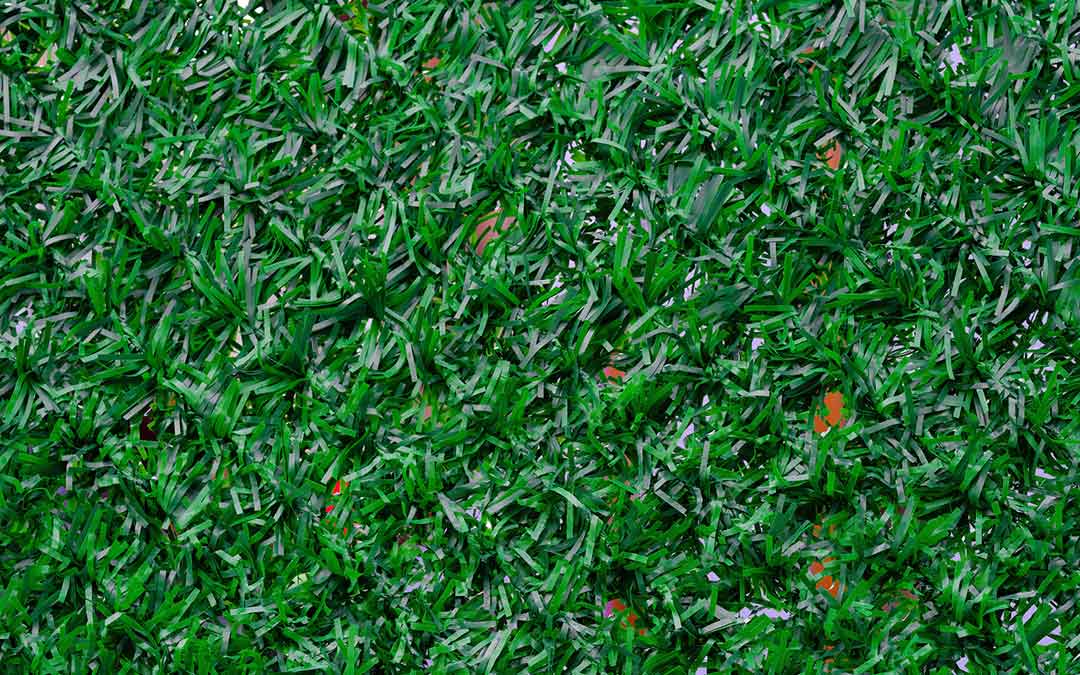Green, green (fake) grass of nightmare proportions

Artificial turf looks good if you love neatness and a smooth green vista.
On sporting fields, it is seen as a reliable way to guarantee a consistent surface.
The convenience is a lure, too. No more mowing or watering!
But there is much, much more to the story of artificial turf.
Use of the product is increasing in private and public spaces without a good understanding of its impacts on human health and the environment.
In 2021, the NSW government commissioned a review of its use, and the report found that ‘there is insufficient information and a lack of standards about the materials and chemical composition of synthetic turf’. It recommended a more systematic and data-driven approach and research into its environmental and human impact.
A major concern is the material it’s made from – generally plastic and infill. Crumbs from recycled tyres and cork are popular materials. When the turf degrades, microplastics and other materials end up in the environment.
Heat generation is an issue – artificial turf gets very hot, which poses a hazard for humans and animals. On hot days it heats up contributing to ‘urban heat banking’. There is artificial turf with inbuilt cooling capacity but it is more expensive.
Covering the ground with impenetrable material means water doesn’t seep deep into soil layers, nourishing roots and adding to the water table. In short, it disrupts the soil ecosystem.
In this article by consumer organisation Choice, academics point out that artificial grass has a heavier carbon footprint, too, even when the reduced need for watering and maintenance is taken into account.
Large volumes of artificial grass can lead to flash flooding in urban areas. Instead of soaking into the ground, heavy rain has nowhere to go, and the runoff heads into small drains that are not built to accommodate large volumes of water.
Manufacturers of artificial turf are keen to spruik it as a sustainable option, arguing that it does not need to be watered, mowed and treated with weed killers or fertilisers. If you are considering getting rid of your artificial grass, check with the local council and the manufacturer about whether it can be recycled. Some contain more recyclable elements than others.
Overall, avoid this product if you can, and start talking with the people about the downstream consequences if they are considering buying it.
Written by Amanda Tattam.
